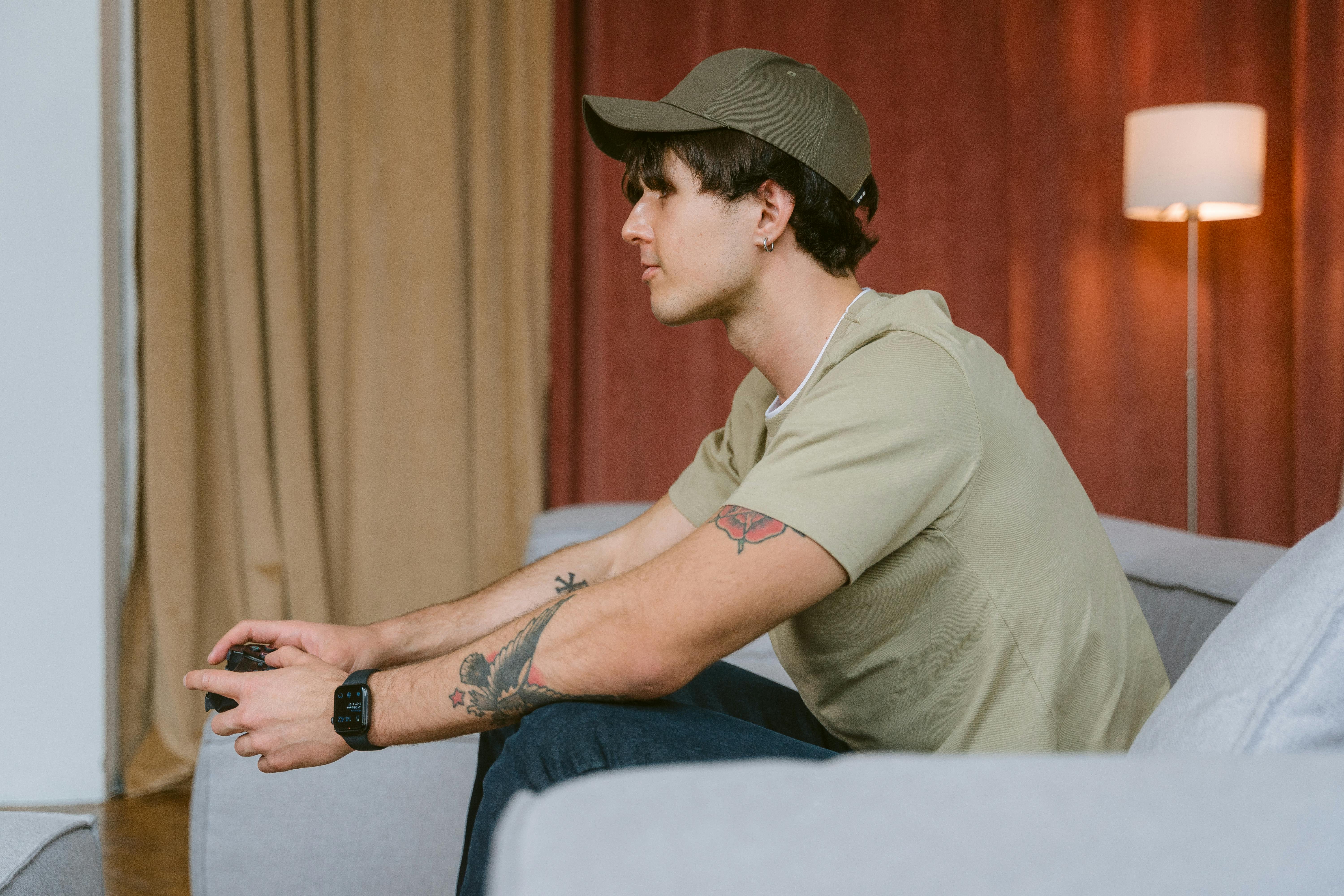One of the most debilitating problems we face in our creativity is the question of originality. “Has this been done before?” Did you know that a restaurant can serve canned soup and call it “homemade”? All they have to do is add an ingredient. The same goes for artists. According to copyright law, if you change an item in an image, painted or photographic, it becomes your image. This should take some of the original weight off your shoulders. It is much more difficult not to be original; I’ve never seen two flower paintings that were exactly the same, except maybe at a hungry artists auction! Try to copy a masterpiece. In fact, it is easier to paint it in a new way. It could be concluded, in this context, that our lack of ability is an advantage.
While it is true that human beings are not really capable of “copying” anything, it is also true that there is really nothing new under the sun. The moment an image enters your eye and enters your brain, it has undergone a transformation called interpretation. When it comes out of your hand, it undergoes another transformation called execution. Interpretation and execution are the additional ingredients that make something original. So when faced with a blank canvas, don’t sabotage yourself by thinking that you have to invent something new to be considered original.
What is your style, your vision? Style has a lot to do with your particular choices. What will you include and what will you exclude from your field of vision? What is the most essential for painting? Are you painting what is important to you? This is your style. Go to the local library or museum, open a book, take a look around you. Pay attention. Be open. Look for opportunities. They are all around you. As the saying goes, “it’s not what you paint, it’s how you paint it.” Have you ever heard someone look at a Picasso and say, “hell, I could have done that”? Whenever I hear that my answer is always the same: “but you didn’t do it, Picasso did it”. It’s not even necessarily what you paint or how you paint it that distinguishes your work as original, it’s that you painted it.
The other side of the coin is eccentricity – the ability to look at what everyone else sees and change the angle, the point of view, just enough to make it your own. It’s always an exercise worth wondering what you could do with your setup / subject to give it a little twist.
The common theme so far can be summed up in one word: tenacity. It takes a lot of courage to make art. Whether you are doing abstract expressionism or photorealism, you will be more successful if you are tenacious. Skill and creativity are the result of hard work and dedication. Tenacity is the incomprehensible belief that you already have what it takes, the blind courage to take bold action, and the absolute will to fail spectacularly.
As for talent, it is nothing more than a strong inner voice that gives us permission to do exactly what we want to do in our art. It is guided by a strong desire to communicate. It is a commitment to the authentic self; Willingness and openness to look more deeply, to be present in ourselves and in the world around us. It is a supreme sensitivity to our innermost thoughts and feelings. It is a confidence that our inner creative spirit will guide us to the truth and it is a promise that “the truth will set us free.” Talent is having the courage to affirm what is true for you, right now. The secret to creativity is accepting that we don’t really have access to the absolute truth. There is no point pretending we do. This humility frees us for real creativity because it recognizes that we are just a part of something bigger than ourselves. Few people are willing to do this. However, it is available to all of us if we are willing to accept our truth as we see it right now.
Tenacity and talent can be developed if we are willing to let go of our attachment to the result. Stanislavski, the great master of the “acting method,” once said, “find art in yourself, not yourself in art.” In other words, stay focused on what you are doing, not what you are doing (or not doing it).
With the representative, for example, the ego rears its ugly head when we take pride in our ability to paint “things.” The ego prides itself on painting its nose. This is the great trap. The artist never paints a nose. We are painting shapes, colors, shapes, edges that, taken together, create the illusion of a nose.
Managing the ego is essential for artistic freedom; this freedom is a precious gift that is yours the moment you release the pressure to create a “great” work of art. Therefore, fellow artists, accept that ours is yet to be done.
